The Samsung Galaxy Z Fold 4 represents the pinnacle of foldable smartphone technology, blending cutting-edge hardware with refined software to deliver a truly unique user experience. As the fourth iteration in Samsung’s flagship foldable lineup, this device builds upon the successes of its predecessors while addressing many of the pain points that once plagued early adopters. From its sleek design to its powerhouse performance, the Z Fold 4 is a testament to how far foldable phones have come.
Design and Build Quality
The moment you hold the Galaxy Z Fold 4, its premium construction is immediately apparent. The device features a refined hinge mechanism that feels smoother and more durable than ever, allowing the phone to open and close with satisfying precision. Samsung has managed to shave off a few grams compared to the Z Fold 3, resulting in a more manageable weight of 263 grams. The outer cover display now sports a slightly wider aspect ratio, making it far more usable for one-handed tasks. When unfolded, the 7.6-inch Dynamic AMOLED 2X display is nothing short of breathtaking, with minimal crease visibility and an adaptive 120Hz refresh rate that ensures buttery-smooth scrolling.
Display Technology
The Z Fold 4’s displays are where the device truly shines. The main inner screen boasts a resolution of 2176 x 1812 pixels, offering vibrant colors, deep blacks, and excellent brightness levels that make it usable even under direct sunlight. The 120Hz refresh rate adapts dynamically to content, conserving battery when possible. The outer 6.2-inch Cover Display is no slouch either, with a resolution of 2316 x 904 pixels and the same high refresh rate, making it perfect for quick interactions without needing to unfold the device. Both screens support HDR10+ and are protected by Samsung’s Ultra Thin Glass, which feels far more premium than the plastic screens of yesteryear’s foldables.
Performance and Software
Under the hood, the Galaxy Z Fold 4 is powered by the Snapdragon 8+ Gen 1 chipset, coupled with 12GB of RAM and up to 1TB of UFS 3.1 storage. This hardware combination ensures that the device handles everything from multitasking to graphically intensive gaming with ease. Samsung’s One UI 4.1.1 is optimized specifically for the foldable form factor, offering features like App Continuity (which seamlessly transitions apps between screens) and enhanced multi-window support. The taskbar, inspired by desktop operating systems, makes multitasking a breeze, allowing users to quickly switch between apps or drag and drop content.
Camera System
Samsung has made notable improvements to the Z Fold 4’s camera system, though it doesn’t quite match the S22 Ultra’s prowess. The triple-lens setup on the rear consists of a 50MP wide-angle lens, a 12MP ultra-wide, and a 10MP telephoto with 3x optical zoom. The under-display camera on the inner screen is less obtrusive than before, though image quality remains mediocre. Where the Z Fold 4 excels is in its versatility—the foldable design allows for unique shooting angles, and the Cover Screen can act as a viewfinder when taking selfies with the superior rear cameras.
Battery Life and Charging
The 4400mAh battery inside the Z Fold 4 is adequate but not exceptional. With moderate usage, the device can last a full day, though power users may find themselves reaching for the charger by evening. The phone supports 25W wired charging, 15W wireless charging, and 4.5W reverse wireless charging. While these speeds are decent, they lag behind some competitors offering 65W or even 100W fast charging. That said, the efficiency of the Snapdragon 8+ Gen 1 helps mitigate battery concerns to some degree.
Final Verdict
The Samsung Galaxy Z Fold 4 is the most polished foldable phone to date, offering meaningful improvements over its predecessor in nearly every category. While the high price tag and some remaining compromises (like battery life and camera performance compared to traditional flagships) may deter casual users, those seeking the ultimate in productivity and innovation will find the Z Fold 4 hard to resist. It’s not just a phone—it’s a glimpse into the future of mobile technology.
Key Specifications:
Dimensions: Unfolded: 155.1 x 130.1 x 6.3 mm; Folded: 155.1 x 67.1 x 14.2-15.8 mm
Weight: 263g
Display: Main: 7.6" Dynamic AMOLED 2X, 2176 x 1812, 120Hz; Cover: 6.2" Dynamic AMOLED 2X, 2316 x 904, 120Hz
Chipset: Qualcomm Snapdragon 8+ Gen 1
RAM/Storage: 12GB RAM with 256GB/512GB/1TB UFS 3.1 storage options
Rear Cameras: 50MP wide (f/1.8) + 12MP ultra-wide (f/2.2) + 10MP telephoto (f/2.4, 3x optical zoom)
Front Cameras: 10MP cover camera (f/2.2), 4MP under-display camera (f/1.8)
Battery: 4400mAh with 25W wired, 15W wireless, 4.5W reverse wireless charging
OS: Android 12L with One UI 4.1.1
Durability: IPX8 water resistance, Armor Aluminum frame
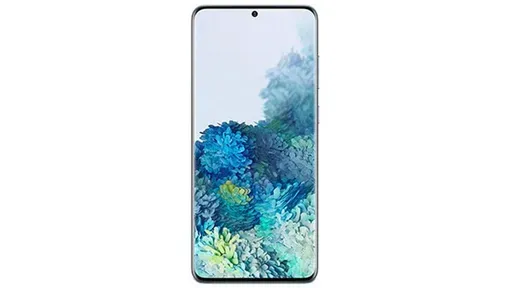
By /Jun 4, 2025
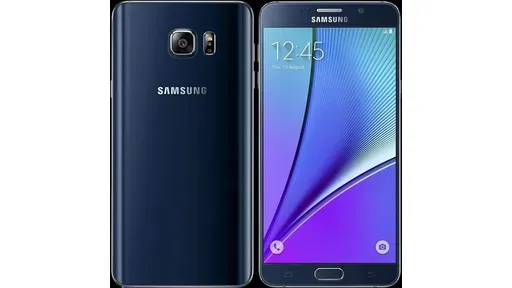
By /Jun 4, 2025
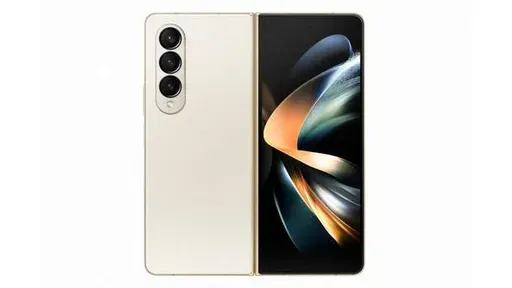
By /Jun 4, 2025
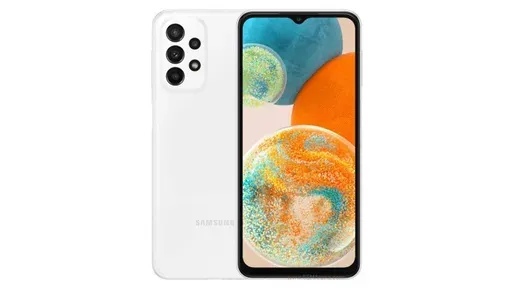
By /Jun 4, 2025
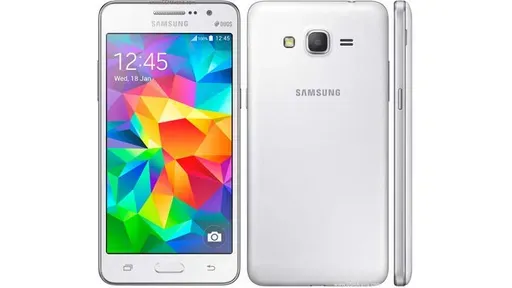
By /Jun 4, 2025

By /Jun 4, 2025

By /Jun 4, 2025

By /Jun 4, 2025
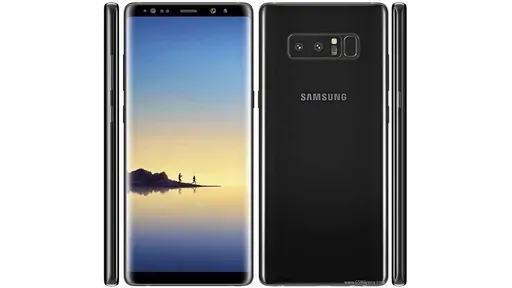
By /Jun 4, 2025

By /Jun 4, 2025

By /Jun 4, 2025
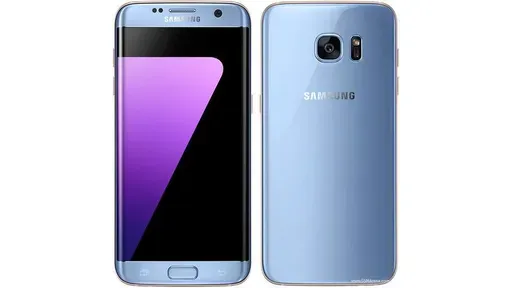
By /Jun 4, 2025
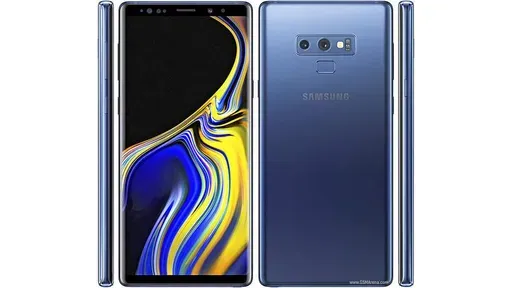
By /Jun 4, 2025

By /Jun 4, 2025

By /Jun 4, 2025
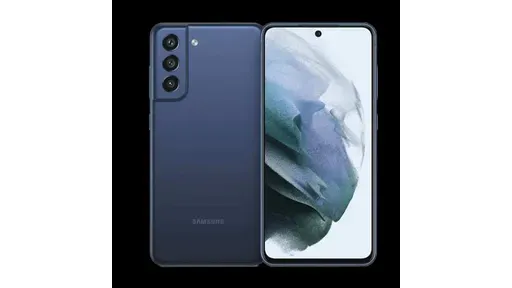
By /Jun 4, 2025

By /Jun 4, 2025
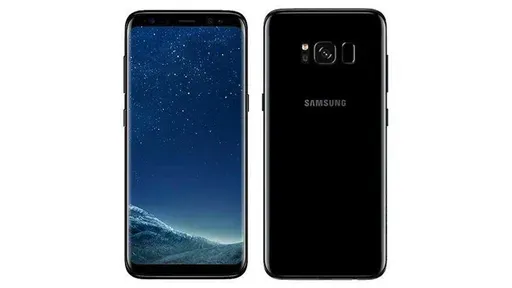
By /Jun 4, 2025

By /Jun 4, 2025
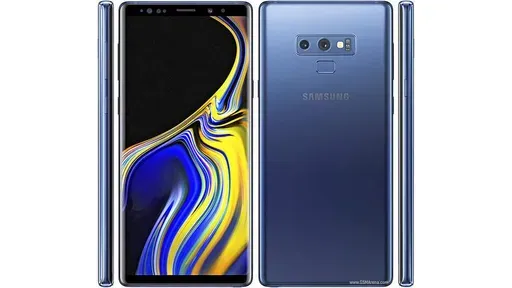
By /Jun 4, 2025
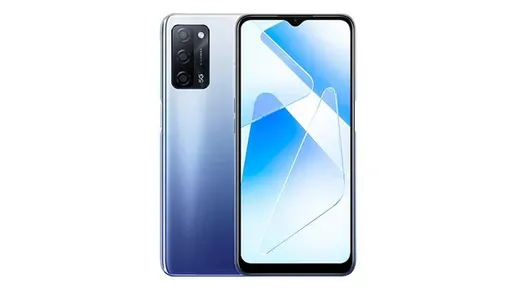
By /Jun 4, 2025
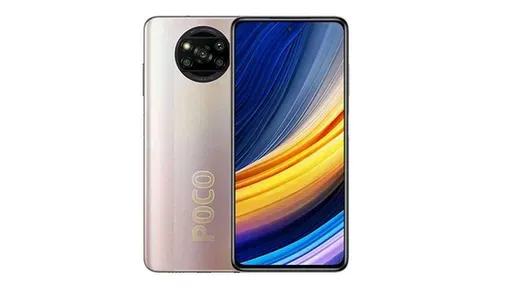
By /Jun 4, 2025
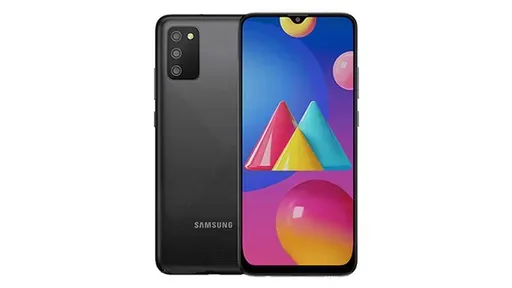
By /Jun 4, 2025
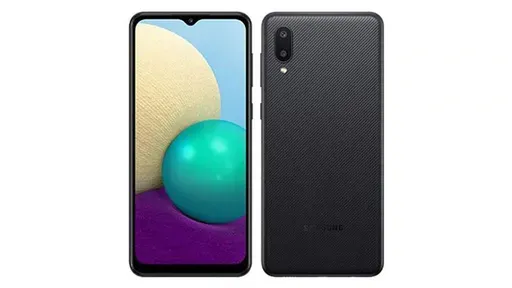
By /Jun 4, 2025
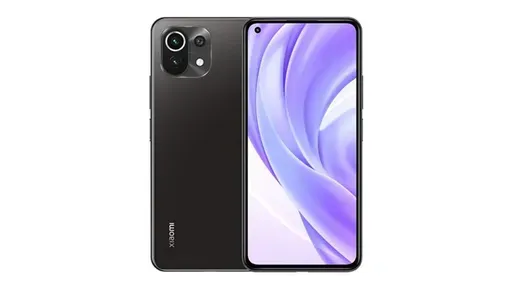
By /Jun 4, 2025

By /Jun 4, 2025
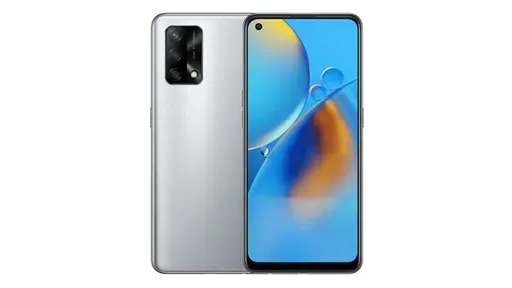
By /Jun 4, 2025
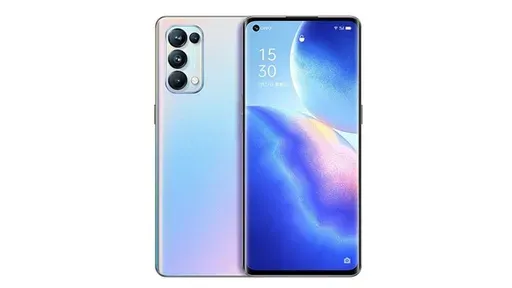
By /Jun 4, 2025
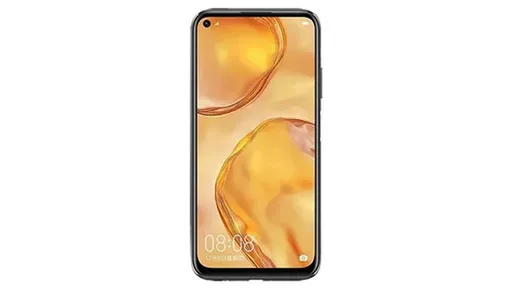
By /Jun 4, 2025

By /Jun 4, 2025

By /Jun 4, 2025